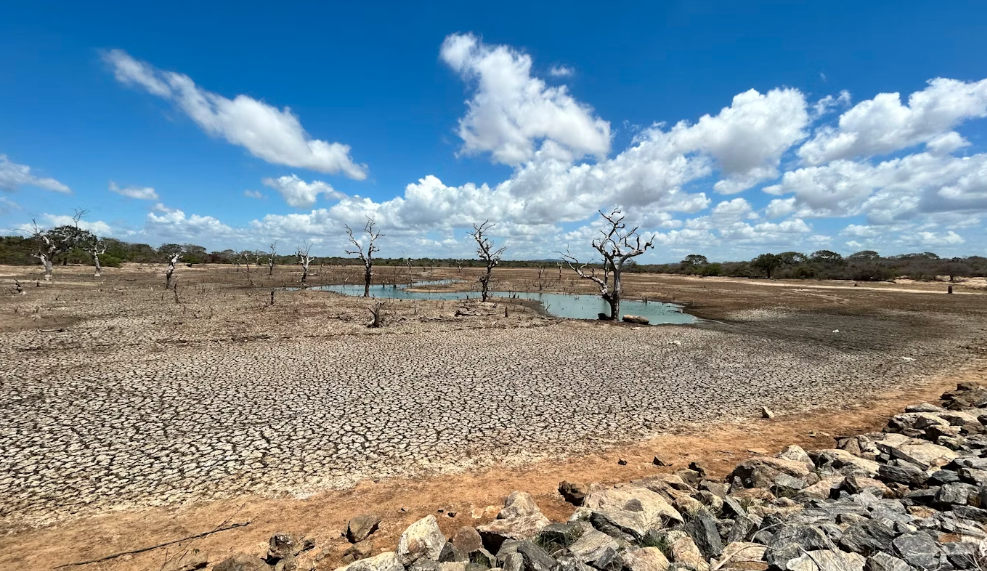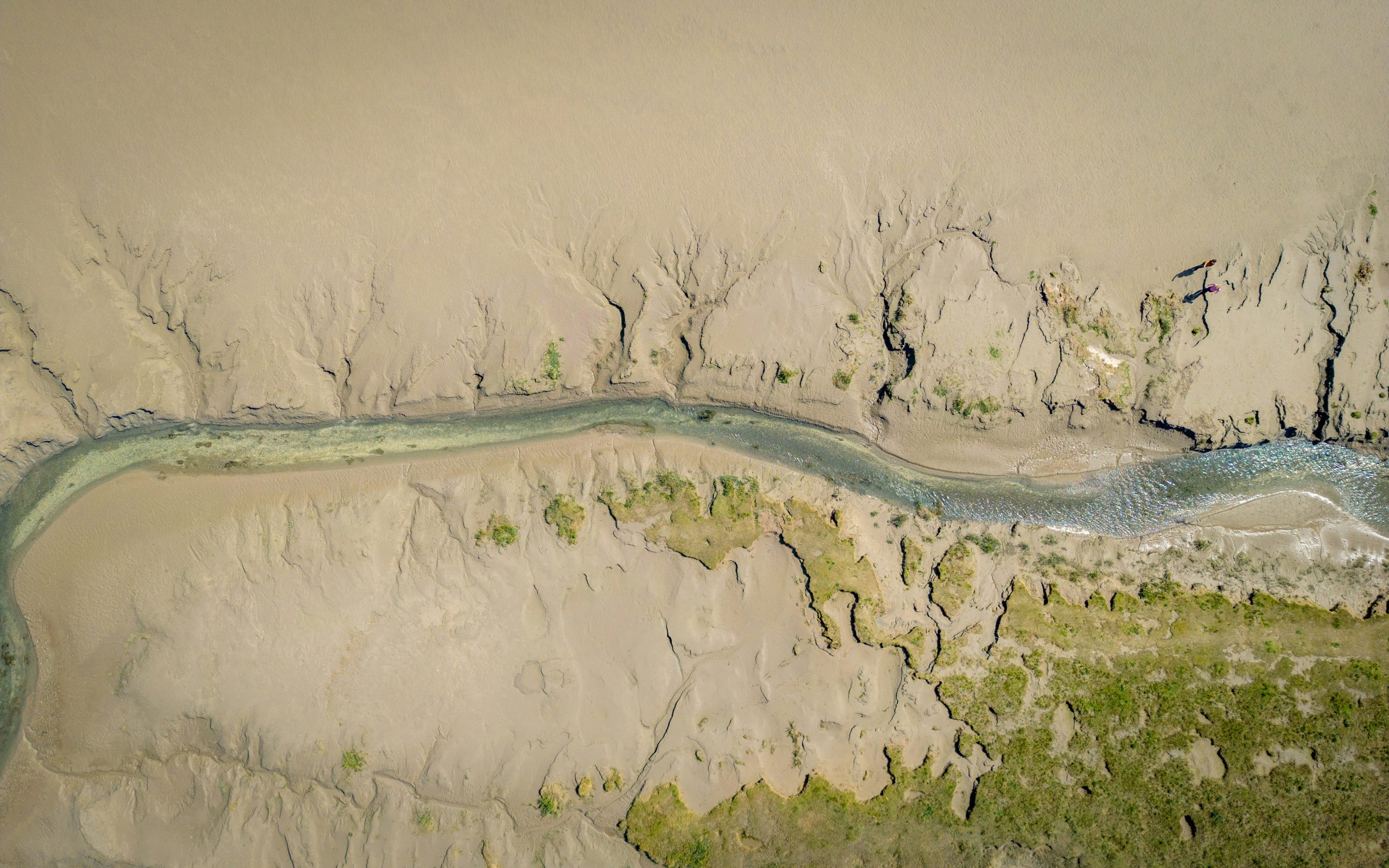A new global review led by Celia Ramos-Sánchez and colleagues raises critical concerns about how freshwater ecosystems are addressed in drought risk management. The study, published in Environmental Research Letters, analyzed 26 drought management instruments across 25 countries, revealing a substantial gap between policy intentions and ecological realities.
Freshwater ecosystems—rivers, lakes, wetlands, and aquifers—are particularly vulnerable during drought. Their exposure is not only driven by natural climatic extremes but also by human pressures such as over-extraction, pollution, and habitat alteration. These systems are crucial not just for biodiversity, but also for people, supplying drinking water, supporting agriculture, and sustaining cultural values. Yet, the study reveals that drought planning and response continues to focus overwhelmingly on human needs, often sidelining ecological concerns.
The researchers identify four key shortcomings in current drought management practices. First, most instruments fail to reflect the socio-ecological nature of drought, neglecting how human activities intensify ecosystem vulnerability and how environmental degradation, in turn, impacts society. Only a handful of policies use an integrated definition of ecological drought that encompasses both natural and human drivers. Second, drought indicators and interventions are heavily skewed toward surface water quantity, overlooking critical aspects like groundwater levels, water quality, and aquatic habitats. This narrow focus limits the effectiveness of measures intended to safeguard ecosystem health. Third, the study notes that drought duration, frequency, and timing—key factors in how ecosystems respond to water stress—are rarely considered in monitoring or mitigation strategies. Many policies rely on static thresholds, failing to capture the dynamic nature of drought impacts on ecology. Finally, most policies lack a systematic framework for assessing the exposure and vulnerability of ecosystems to drought. While some mention protected areas or endangered species, few offer clear, analytical tools to evaluate ecological risk or to prioritize areas for intervention.
Despite these gaps, the study does find signs of progress. Two-thirds of the drought plans reviewed include references to ecosystems in their objectives, and some, like those from South Australia and England, feature more advanced measures such as ecological impact assessments or adaptive environmental flow regimes. However, such examples are the exception rather than the norm. The authors argue that a significant shift is needed in how societies approach drought management. Protecting freshwater ecosystems must go beyond token mentions in policy documents. It requires rethinking drought as a socio-ecological phenomenon, designing indicators that reflect ecological realities, and developing robust frameworks for assessing and managing risk. The aim should not be to prioritize nature at the expense of people, but rather to distribute the impacts of drought more equitably and sustainably between human and natural systems.
As the climate crisis deepens and droughts become more frequent and severe, this study underscores the urgent need for integrated, science-based, and forward-looking approaches to drought governance. Ensuring the resilience of freshwater ecosystems is not just an environmental issue—it’s essential for the long-term well-being of societies everywhere.
Celia Ramos-Sánchez et al 2025 Environ. Res. Lett. 20 053001




